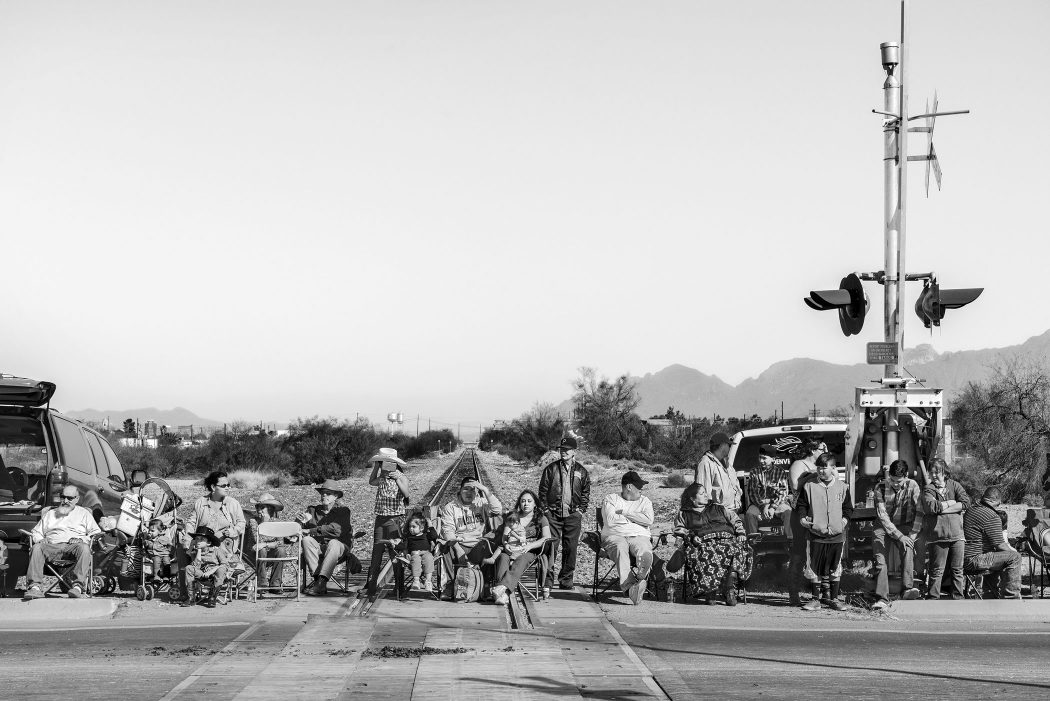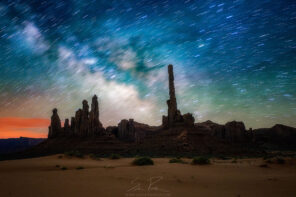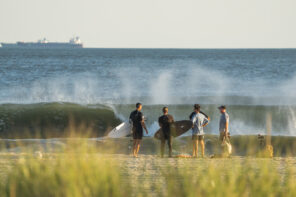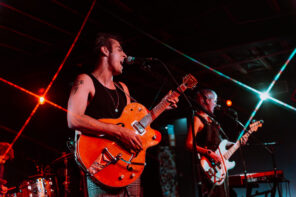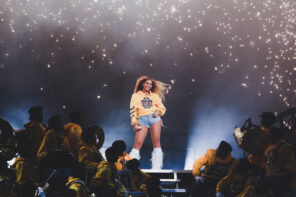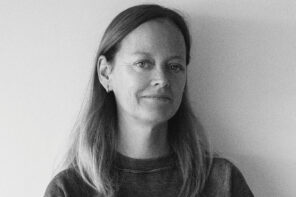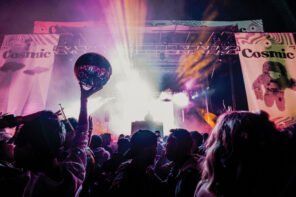A photographer visiting from England finds us both divided and united at the same time along parade routes.
Photographs by George Georgiou | From the book Americans Parade by George Georgiou, 2019
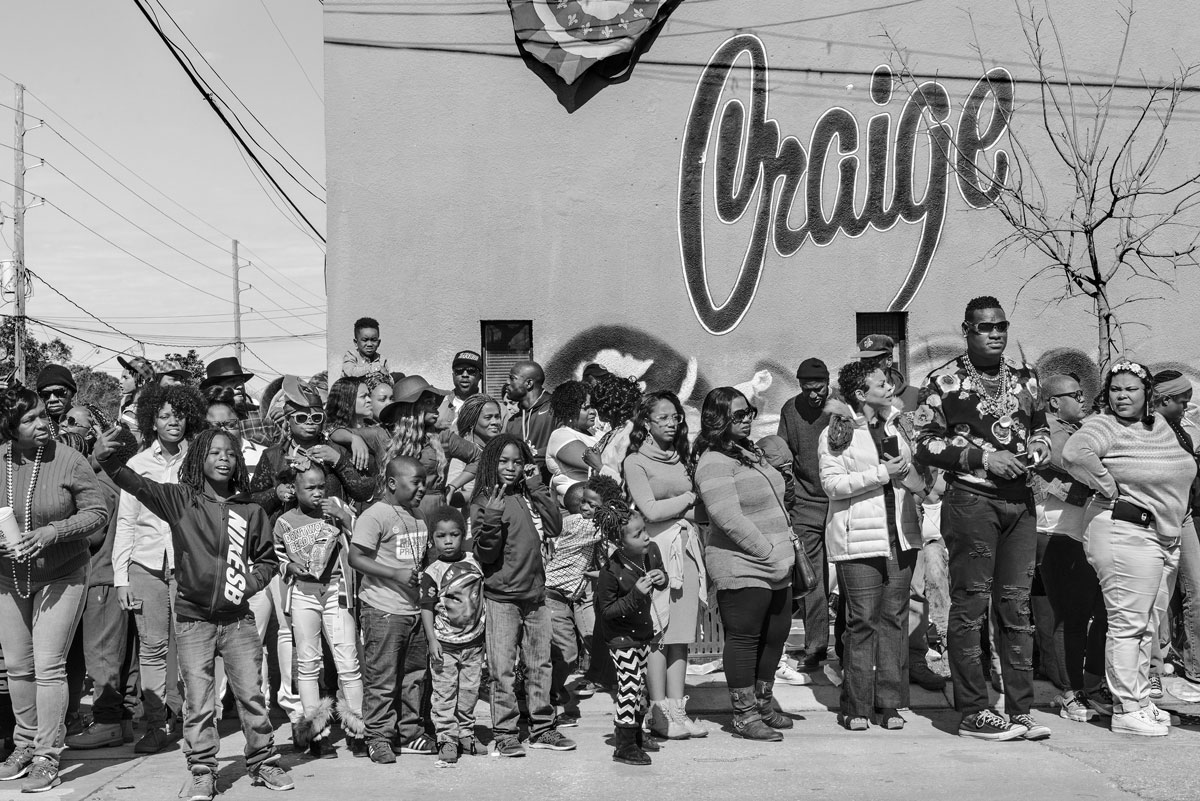
Mardi Gras Parade | Algiers, New Orleans, Louisiana – February 06, 2016
Sometimes we may all have more in common than we think we do. George Georgiou’s inspiration for traveling the highways of America and taking portraits of people watching parades in small towns and metropolises across the country came from a couple of disparate places. George first got the notion to turn his camera not toward the action but at the crowds taking it all in while photographing protests in the wake of the killing of Trayvon Martin. At that time, George and his wife Vanessa were visiting from their home in London on their first extended tour of the US in 2012. As the news filled with the Martin protests, the photographers headed straight to Miami. Some of his images of the crowds watching composed themselves into a kind of community portrait made up of many group portraits. Then, in his travels across desolate stretches of the country, he noticed a similarity to this and tables full of people at an “endless-buffet” chain restaurant called Golden Corral. “Seeing family groups together was kind of fascinating,” he says. “So that was always in the back of my mind.”
He noticed a similarity to this and tables full of people at an “endless-buffet” chain restaurant called Golden Corral.
In 2016 when he set out to photograph people watching parades, driving from New York to Florida to New Orleans to California in the space of a few weeks, he had these groups in mind. He scouted parade routes at everything from small-town Fourth of July celebrations and Ham Days festivals to Macy’s Thanksgiving Day spectacles, always watching for the groups that popped out and formed the crowds, like tables at the Golden Corral. The people coming together shoulder-to-shoulder occupying public spaces that are most often empty were cohesive in one way and yet still separated. “Basically it’s families,” he says of the small pods that make up the larger groups, “and everyone kind of has the same aspirations and we shouldn’t fear each other.”
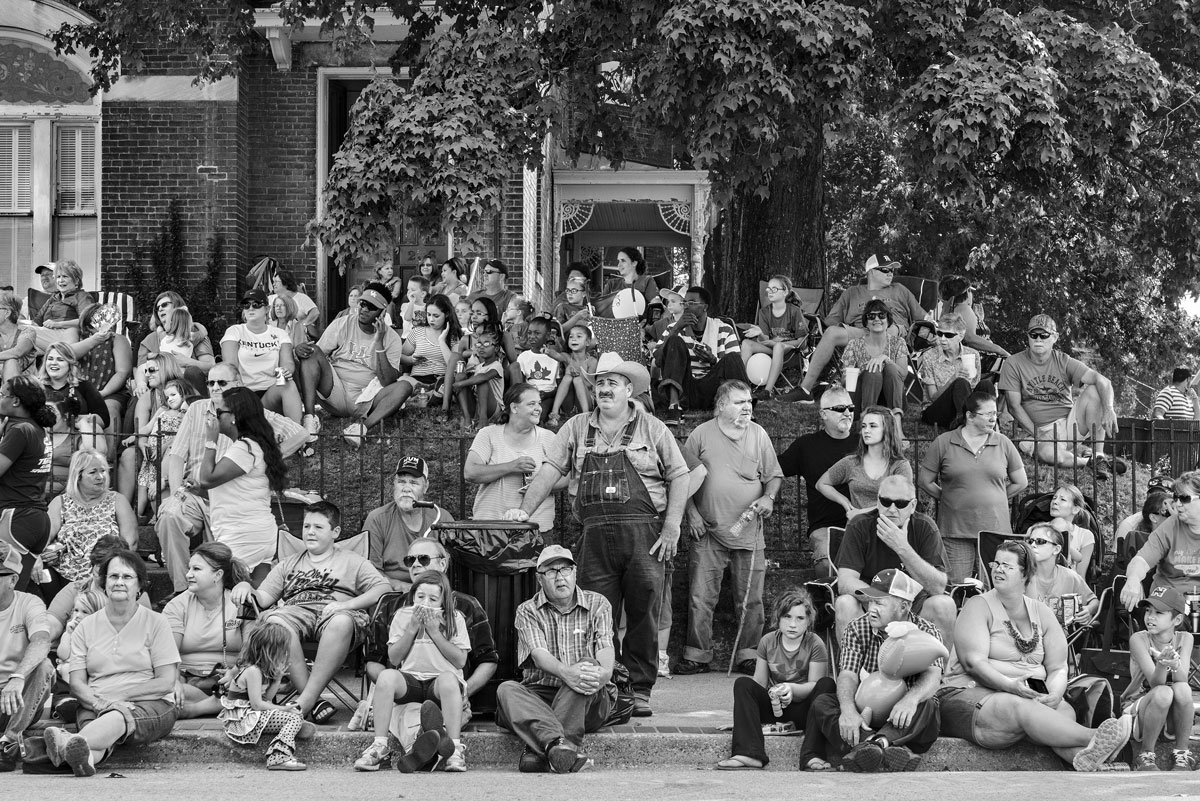
Marion County Country Ham Days Pigasus Parade | Lebanon, Kentucky – September 24, 2016
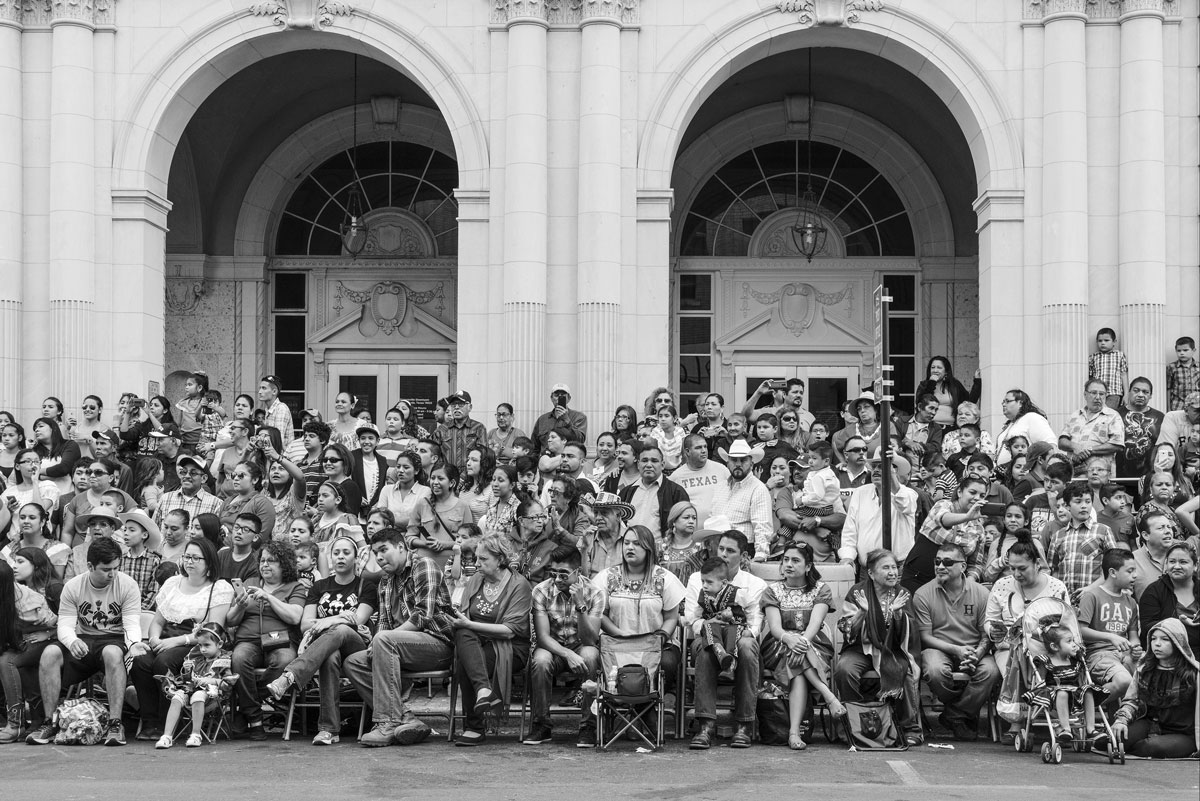
Charro Days Parade | Brownsville, Texas – February 27, 2016
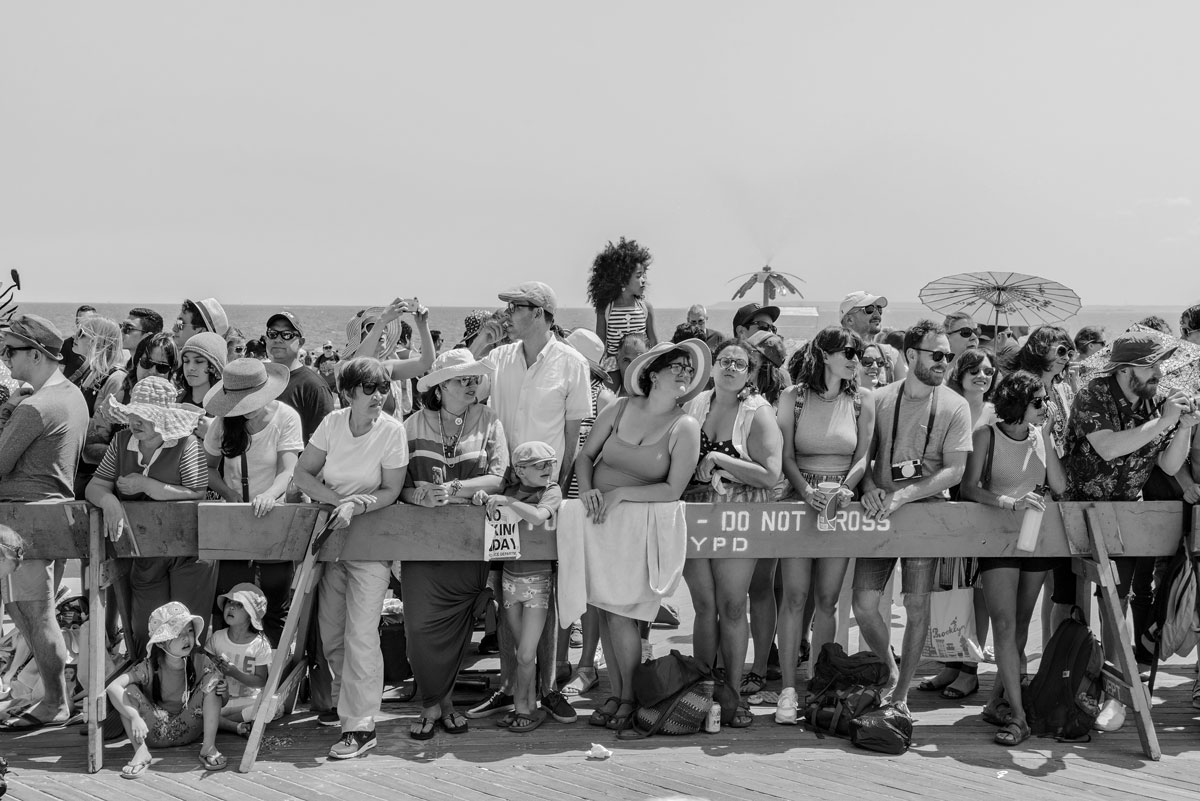
Mermaid Parade | Coney Island – June 18, 2016

